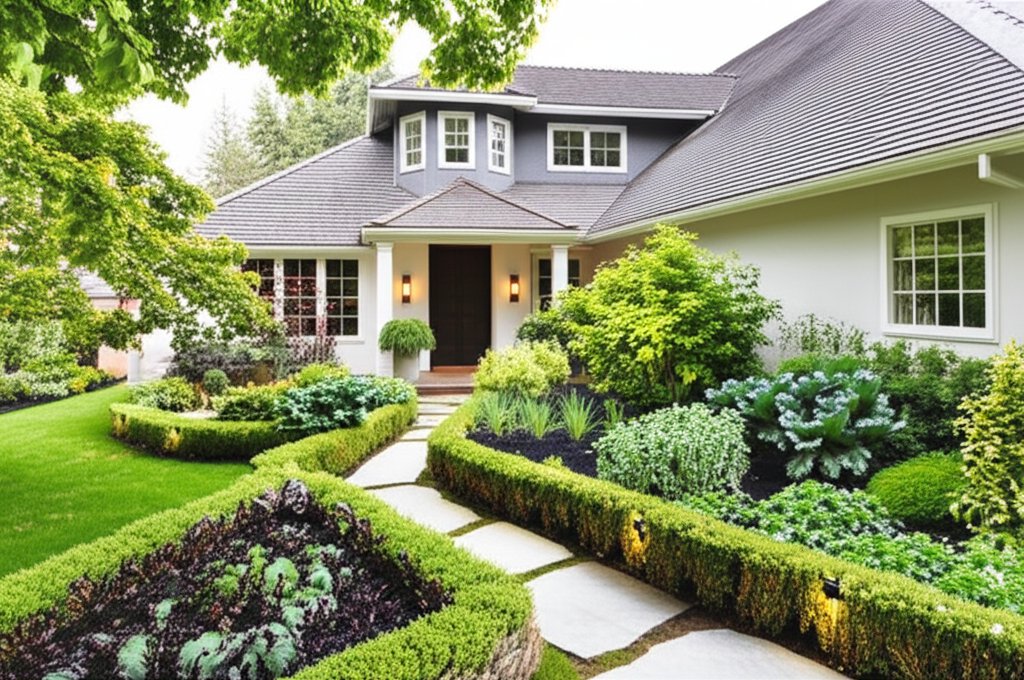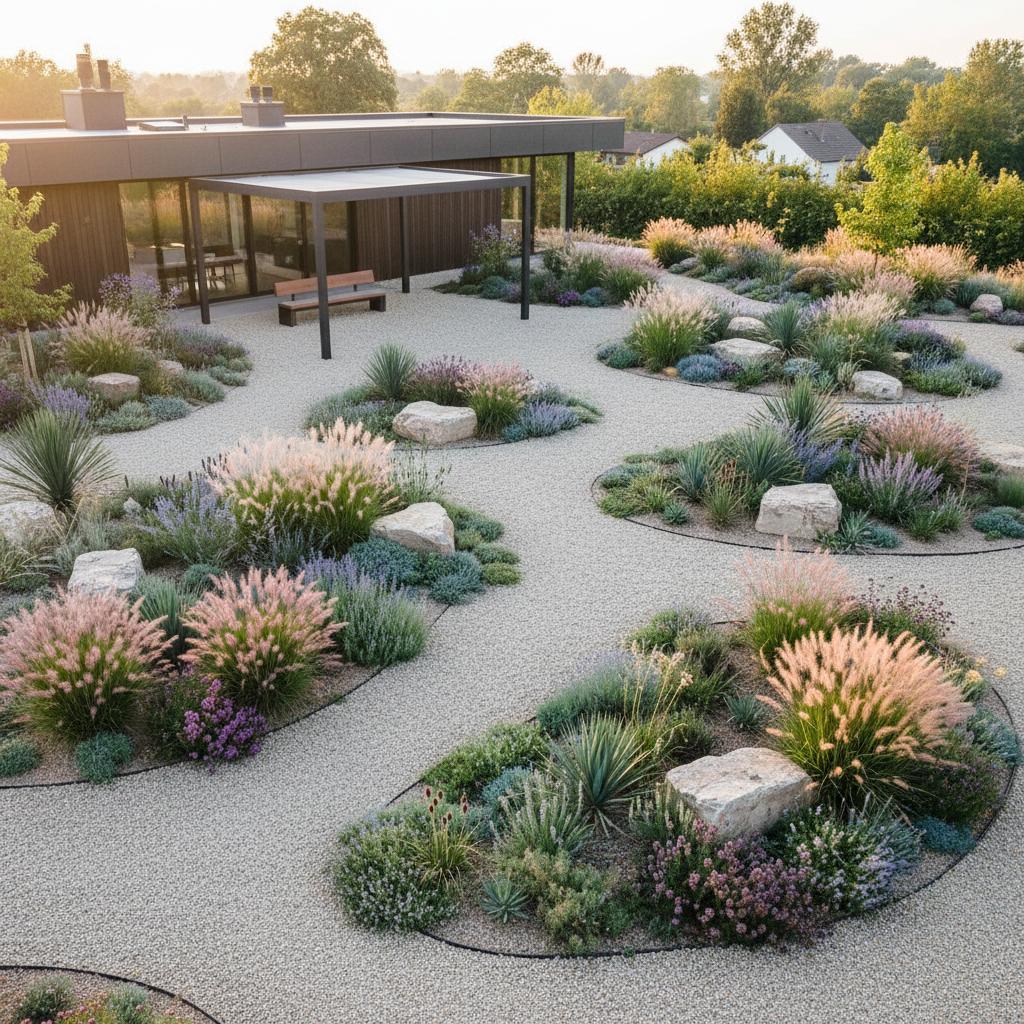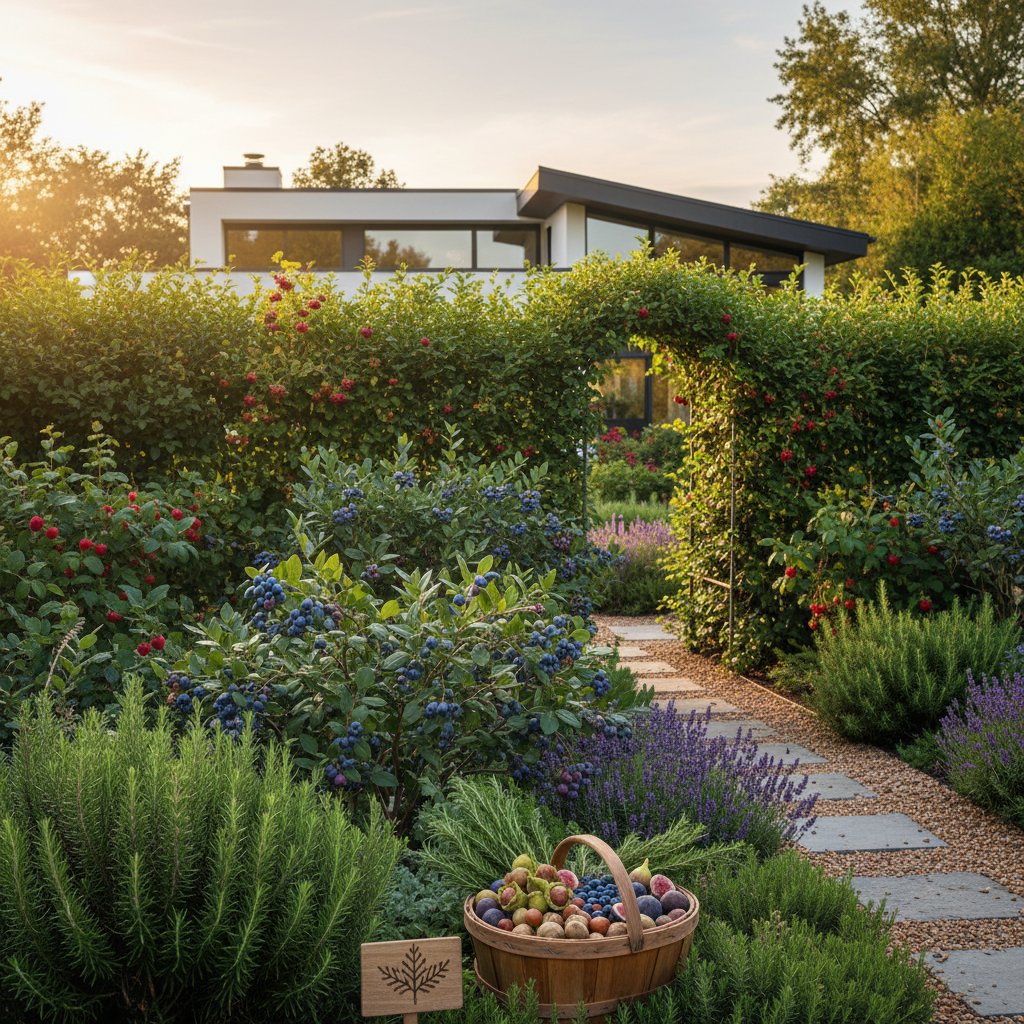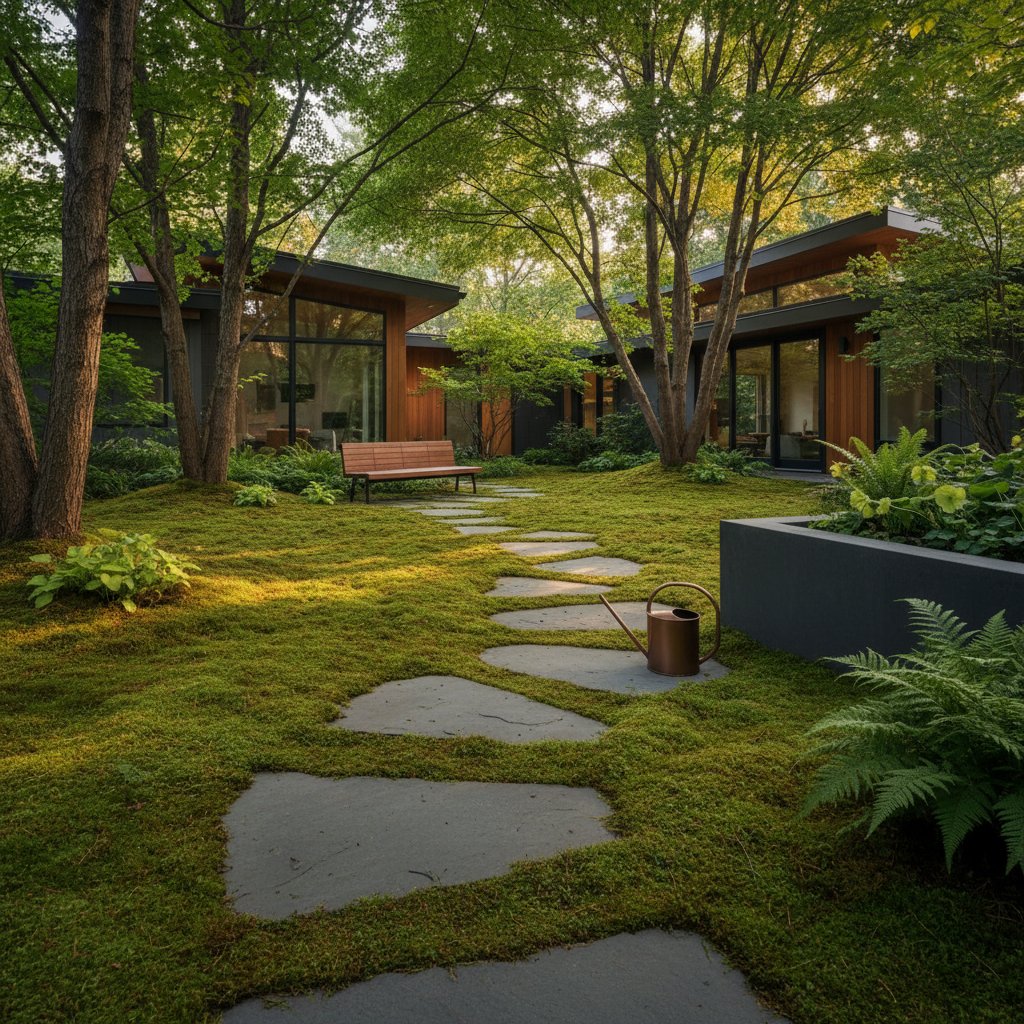Front Yard Foodscapes: The Edible Trend Taking Off
A front yard offers more than a simple greeting of grass. It reveals the character of the home within. In recent years, this space has evolved into an edible landscape, where vegetables, herbs, and fruit trees integrate with ornamental plants. The outcome combines visual appeal with practical benefits.
This practice, known as foodscaping, merges the elegance of traditional gardens with the utility of food production. It evokes a sense of rooted tradition. The front yard shifts from a display of formality to a source of abundance.
What a Foodscape Really Is
A foodscape nourishes both sight and sustenance. Edible plants integrate directly into the ornamental design, rather than remaining confined to separate areas. Lavender edges might frame kale beds. Climbing beans ascend porch supports. Strawberries cascade from pots previously filled with seasonal blooms.
The approach emphasizes integration over transformation into a full farm. Select plants that serve dual purposes, ensuring they appear deliberate and harmonious. A successful foodscape achieves balance through thoughtful selection.
Blending Ornamentals with Edibles
Homeowners often express concern that edible elements will disrupt a tidy appearance. Vegetable gardens traditionally convey functionality over finesse. Yet foodscaping allows for refinement, from structured to relaxed styles, depending on preference.
Consider color, texture, and form as foundational elements, just as in purely decorative planting. Select edible options that align with these principles. Examples include:
- Leafy greens such as Swiss chard or red mustard greens, which provide bold hues and varied foliage.
- Herbs like rosemary, thyme, and sage, which deliver scent and year-round structure.
- Compact fruits including blueberries or dwarf tomatoes, offering changing visual interest through seasons.
- Vining produce like peas or cucumbers, ideal for vertical supports on fences or arbors.
For formal settings, alternate dwarf boxwood with loose-leaf lettuce along pathways. In cottage gardens, intersperse perennials with herbs and peppers. Harmony guides all choices, creating cohesive designs.
The Beauty of Practicality
Foodscaping reshapes interaction with outdoor spaces. A front yard transitions from upkeep to provision. Gathering fresh herbs en route to the door embeds the garden into everyday routines.
Efficiency extends beyond personal use. Edible landscapes optimize area compared to turf grass. They draw pollinators, enhance soil quality, and lower food expenses gradually. Many edibles possess decorative qualities that match non-edible counterparts. Rainbow chard, for instance, rivals the vibrancy of flowering bedding plants.
Planning a Front Yard Foodscape
Effective foodscape design requires assessment and strategy. Observe sunlight patterns, drainage areas, and traffic flow in the yard. Align plant choices with these site-specific conditions.
Follow these steps to begin:
- Outline the layout. Opt for defined beds in structured designs or interplanting within existing features for fluidity.
- Initiate modestly. Target a single area or bed to test growth and maintenance needs.
- Match plants to site conditions. Position sun-dependent crops in exposed spots; place shade-tolerant greens and herbs elsewhere.
- Incorporate vertical and horizontal layers. Pair tall elements like sunflowers or corn with medium-height vegetables and ground covers for dimension.
- Schedule successive plantings. Arrange timings to ensure continuous production and visual appeal.
Incorporate accessible paths or stones to facilitate harvesting. Treat the space as an extension of living areas.
Style Choices and Aesthetic Balance
Foodscapes adapt to diverse styles. Formal versions employ raised beds with stone borders and symmetric arrangements. Naturalistic ones permit edibles to blend with native plants and grasses.
A formal example features geometric rows of basil, marigolds, and kale for refined order. Naturalistic designs underplant fruit trees with herbs and insect-attracting blooms. Each style succeeds when it mirrors the home's architecture and the gardener's vision.
Balance aesthetics by evaluating scale and proportion. Ensure edibles enhance rather than dominate ornamentals. Test combinations in small trials to refine visual flow.
Building Resilience and Connection
Foodscaping extends beyond aesthetics and utility to cultivate community. Visible plantings spark interactions. Neighbors may inquire about varieties or exchange cultivation tips, fostering dialogue.
Ecological gains emerge naturally. Diverse plantings supplant lawn sections, supporting pollinators and minimizing fertilizer use. Gardeners often report a heightened awareness of their environment. The yard pulses with seasonal changes, deepening appreciation for natural cycles.
Caring for a Foodscape
Routine care mirrors that of mixed borders, with targeted adjustments. Frequent harvesting promotes vigor and neatness. Apply mulch to conserve water and control weeds. Rotate plant families annually to sustain soil fertility and curb pests.
Companion planting bolsters health. Basil alongside tomatoes improves yield and taste; marigolds repel nematodes. These pairings build natural defenses, reducing chemical interventions.
Install drip systems or soaker hoses for efficient watering, targeting roots directly. Integrate composting of plant trimmings and kitchen scraps to enrich soil organically. These practices enhance long-term sustainability.
Living with Your Design
An established foodscape integrates into daily patterns. Collecting dinner ingredients or morning fruits occurs effortlessly. The garden evolves from task to integral home element.
Embrace adaptation. Plants respond variably to conditions; preferences change over time. View the foodscape as an ongoing process. Abundant harvests reward effort, while setbacks offer learning opportunities.
With experience, expand plant diversity or adjust layouts for improved access. Incremental achievements yield a personalized, yielding landscape.
Making It Happen
Initiate transformation through targeted updates. Convert lawn patches to raised beds or substitute flower borders with herb rows. Monitor usability and satisfaction to guide further refinements.
Flexibility defines the approach. Scale matches ambition, from subtle integrations to expansive designs. The core value resides in alignment with lifestyle and provision of sustenance.
Ultimately, a front yard foodscape enriches existence. It bridges utility and allure, fostering harmony with the environment through purposeful cultivation.



